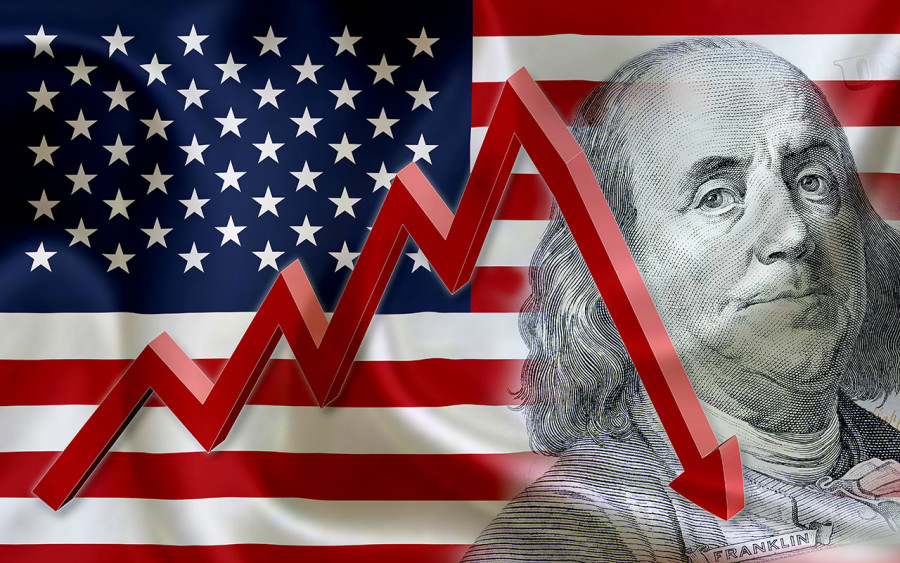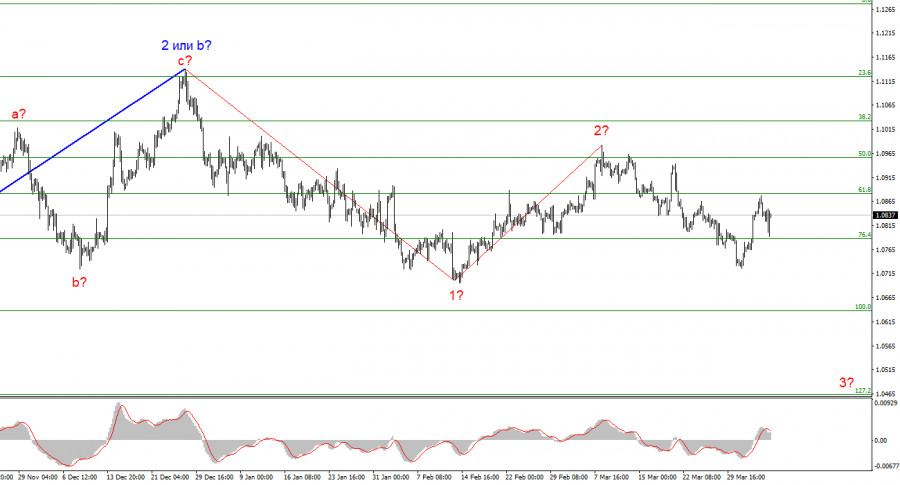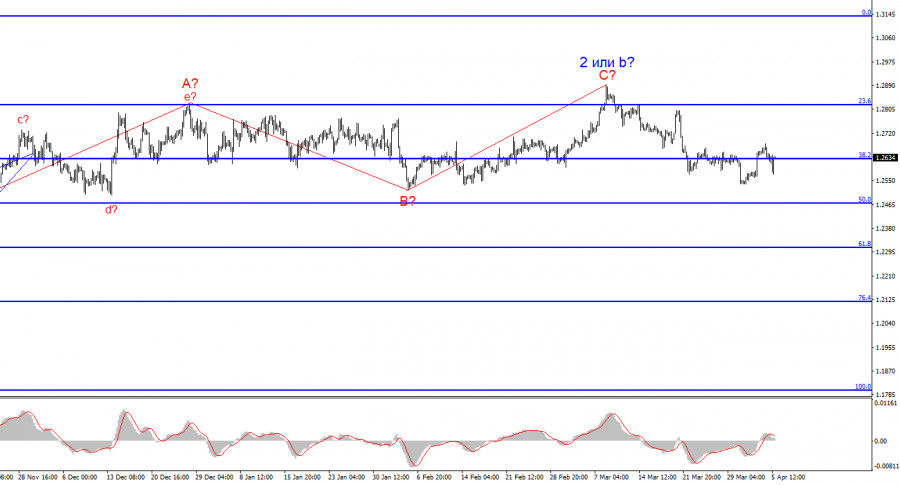

The dollar missed plenty of opportunities to strengthen against the euro and the pound. Fortunately, the greenback will have another chance in the upcoming week. On Wednesday, the U.S. will release its inflation report for March, and it may support the dollar. Unfortunately, everything will depend on the market. If investors don't put much importance to this report, then the dollar may not rise. But it will definitely have reasons to do so.
The Consumer Price Index is expected to accelerate to 3.4% year-on-year. Core inflation may decrease to 3.7% year-on-year. We can draw several conclusions based on these figures. Firstly, core inflation is decreasing very weakly and is very far from the target level for the Federal Reserve to start considering a rate cut. Secondly, headline inflation may pick up again, rather than slow down, as the Fed expects. Therefore, the likelihood of monetary easing in June will decrease even further. In my opinion, if inflation in March does increase, then in conjunction with labor market data, business activity, and unemployment figures from last week, this will be an excellent reason for the US currency to strengthen, which should improve its position even without a new inflation report.

Among other events, I can highlight the minutes of the Federal Reserve meeting, which the market will become acquainted with on Wednesday evening. Since the outcome of the March meeting can be considered hawkish, the minutes will be filled with hawkish statements that should support the dollar. As we can see, there are enough reasons for the market to increase demand for the US. currency. Now it all depends on the market itself.
On Friday, the University of Michigan Consumer Sentiment Index will be released. This is more like a minor report after a series of important data. It is unlikely to prompt the market to increase demand for the dollar if it didn't do so with more important and stronger reports.
Wave analysis for EUR/USD:Based on the conducted analysis of EUR/USD, I conclude that a bearish wave set is being formed. Waves 2 or b and 2 in 3 or c are complete, so in the near future, I expect an impulsive downward wave 3 in 3 or c to form with a significant decline in the instrument. I am considering short positions with targets near the 1.0462 mark, which corresponds to 127.2% Fibonacci.

The wave pattern of the GBP/USD instrument suggests a decline. I am considering selling the instrument with targets below the 1.2039 level, because I believe that wave 3 or c will start sooner or later. However, unless we can guarantee that wave 2 or b has ended, the instrument can still rise to the level of 1.3140, which corresponds to 100.0% Fibonacci. The quotes haven't moved far away from the peaks, so we cannot confirm the start of the wave 3 or c.
Key principles of my analysis:Wave structures should be simple and understandable. Complex structures are difficult to work with, and they often bring changes.
If you are not confident about the market's movement, it would be better not to enter it.
We cannot guarantee the direction of movement. Don't forget about Stop Loss orders.
Wave analysis can be combined with other types of analysis and trading strategies.